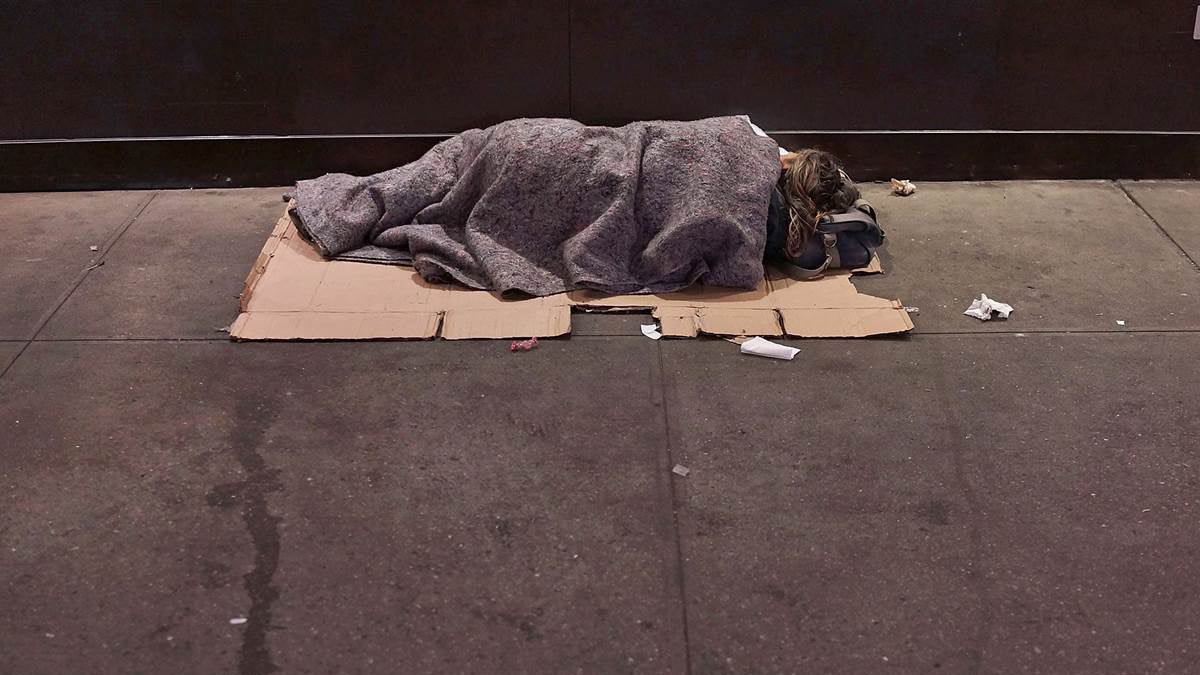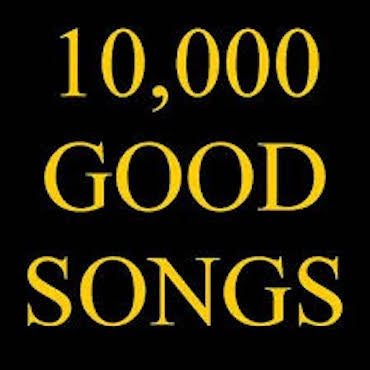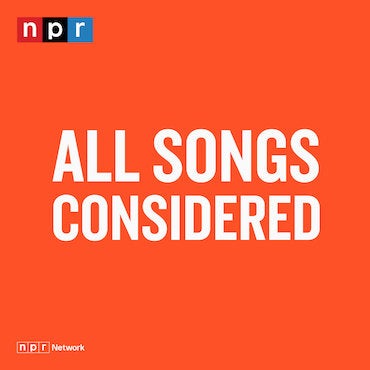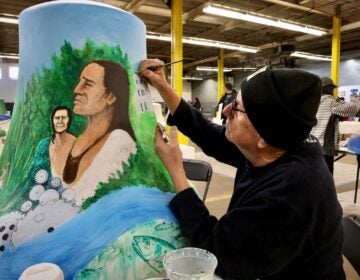Like marriage, justice for homeless LGBT youth is about love and commitment
I ask that we expand our love to include members of the LGBTQ community who less frequently make headlines — homeless youth.

Speak Easy is examining priorities among LGBT communities in the Philadelphia region that persist beyond the issue of same-sex marriage. Seeking diverse perspectives on these issues, NewsWorks is hosting a public forum, “LGBT Priorities Beyond Marriage,” on Sept. 15 at WHYY studios. Registration is free at whyy.org/speakeasy.
—
Whenever I read news about marriage equality, I inevitably encounter one word: love. Which is why today I ask that we expand our love to include each member of our community, including those who less frequently make headlines.
54 percent of homeless youth in Philadelphia identify as LGBTQ.
This is the most recent statistic from Philadelphia’s Point in Time Count from July 2015. This number is staggering when we consider that LGBTQ youth account for only 5 percent to 7 percent of the nationwide youth population. Why such a stark overrepresentation? National statistics indicate that family rejection is the No. 1 cause of LGBTQ youth homelessness. Upon coming out to their families, 26 percent of LGBTQ youth will face violence. Another 30 percent will be forced out by their family.
An ongoing, extraordinary challange
At The Attic Youth Center in Philadelphia, my colleagues and I look for opportunities for LGBTQ youth to develop into healthy, independent, civic-minded adults within a safe and supportive community, and we work more generally to promote the acceptance of LGBTQ youth in society. At any given time, 15 percent to 25 percent of young people at The Attic are experiencing homelessness or housing insecurity.
In a time of overwhelming support for marriage equality, why do such extraordinary challenges persist? We listened to young people directly to find out. Their stories mirror national research and underscore the need for us to dedicate serious attention not just to the love of LGBTQ folks, but to their very survival.
“My mom found out I was gay through her co-worker. When I got home, all my things were in bags and I wasn’t allowed to live there anymore.”
“I stayed at four to five different shelters while trying to get into a youth housing program. I was living day by day and was assaulted regularly. I still wake up terrified each day.”
“I wasn’t going to the shelter with older men and I really wanted to be in a mixed-gender placement. So I stayed on the streets.”
After they’re on the streets, homeless LGBTQ youth become nearly impossible to find. Some make the conscious choice to be invisible, often in an effort to avoid the child welfare and juvenile justice systems. When I was homeless, this is the strategy I used. Avoiding systems at all costs was a vital part of sustaining myself. Up to 56 percent of LGBTQ youth in foster care spend time on the streets because they feel safer there than in group or foster homes.
Unfortunately, where the family or child welfare system loses contact with LGBTQ youth is often where the juvenile justice system picks them up. Homeless LGBTQ youth are 200 percent more likely than heterosexual youth to be arrested for status offenses such as running away, truancy, and curfew violations — none of which constitutes a crime, and none of which is an offense when committed by adults. This criminalization of homelessness is linked to profound incarceration disparities: LGBTQ youth make up 13 percent of incarcerated youth.
Lifting up young people to command their own lives
Beyond family rejection and under-equipped systems, however, we find something else distinct in the lives of LGBTQ youth: We find profound resilience. We find fiercely courageous, unique and unapologetic warriors for love. We find powerful networks of chosen family, community, hope and forgiveness. We find young people who not only fight every day for their own survival but who stand tall in defense of the lives of the ones they love. Because that’s what the LGBTQ community has always been built on, love. Love is what drew us to marriage equality. And we must mobilize this momentum to ensure that our love reaches every corner of our beloved community.
Let us support families in uncovering greater love for children across difference. Let us require that youth-serving systems be LGBTQ youth-serving systems that don’t perpetuate trauma. Let us expand our understanding of violence to include not just that which is perpetuated by families and in group homes, but by juvenile justice and law enforcement systems — because prison is no solution for LGBTQ youth homelessness.
Let us talk about race and expand our dialogue to acknowledge that it isn’t just LGBTQ youth overrepresented in homelessness statistics — it’s LGBTQ youth of color. Let us create systems not built to diminish the power of young people but to lift them up to a position of command over their own lives. Let us build support systems outside and also improve the systems of love inside our community.
Marriage is about love and commitment. But so is justice. The time is now to demonstrate our commitment and love through achieving justice for LGBTQ youth.
“And never forget — justice is what love looks likes in public.”—Cornel West
—
Phantazia Washington is an artist, activist, Transition Framework and LGBTQIA Educator. Through her work with The Bryson Institute of The Attic Youth Center and as an artist working with Philadelphia’s Mural Arts Program, she seeks to educate people on the overwhelming representation of LGBTQ youth in the national youth homelessness population, and to bring visibility to the issue of housing insecurity among Philadelphia’s youth. She is a founding member of Get H.Y.P.E! (Helping You Provide Empowerment), a youth-run training program that educates parents and providers about the barriers that LGBTQ youth face in entering the child welfare system.
WHYY is your source for fact-based, in-depth journalism and information. As a nonprofit organization, we rely on financial support from readers like you. Please give today.



